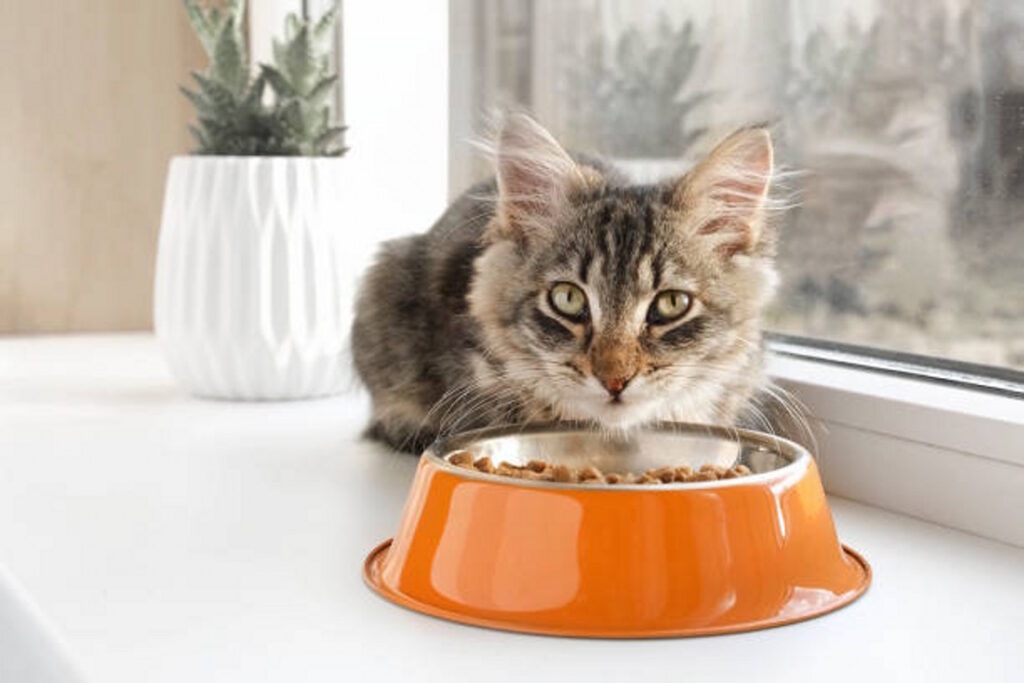Weaning Kittens: An Effortless Guide to a Smooth Transition
Weaning kittens is a crucial stage in their development, marking the transition from solely relying on their mother’s milk to consuming solid food. While it can seem daunting, with the right approach, this process can be surprisingly effortless and even enjoyable for both you and the kittens. This guide provides a step-by-step approach to ensure a healthy and smooth transition for your feline youngsters.
Understanding the Natural Weaning Process
Before diving into the specifics, it’s important to understand the natural timeline. Mother cats typically begin weaning their kittens around three to four weeks of age. They’ll gradually reduce nursing sessions, introducing solid food alongside their milk. By seven to eight weeks, most kittens are fully weaned, though some may continue to nurse occasionally for comfort until around 12 weeks. Observing your mother cat’s behavior during this period offers valuable insights into the natural progression. If she’s already starting to wean, your intervention should be minimal and supportive, rather than forced.
Signs Your Kittens Are Ready for Weaning
Several indicators suggest your kittens are ready to start exploring solid foods. Look for signs like increased interest in their mother’s food, attempts to nibble at what she’s eating, and a growing independence in their movement and explorations. If they’re around three to four weeks of age and show any of these signs, it’s time to begin the weaning process.
Introducing Solid Food: A Gradual Approach
The key to successful weaning is gradual introduction. Abruptly switching from milk to solid food can cause digestive upset. Start by offering kitten food that’s specifically formulated for their needs. These foods are highly nutritious and offer the delicate balance of nutrients crucial for their growth.
Choose a high-quality kitten food, ideally wet food initially, as it’s softer and easier for them to consume. Mix a small amount of wet food with a little kitten milk replacer (KMR) to create a paste-like consistency. This blend helps them gradually acclimate to the new texture and taste. Over several days, slowly reduce the amount of KMR, increasing the proportion of wet food until they’re eating solid food comfortably.
Weaning Kittens: Choosing the Right Food
The type of food you choose plays a significant role in a successful weaning process. Opt for high-quality commercial kitten food that is specifically designed for this age group. Look for foods rich in protein, essential fatty acids, and taurine, all crucial for their development. Avoid adult cat food, as it lacks the nutritional density needed for growing kittens. You may also consider consulting your veterinarian for recommendations that best suit your kittens’ specific needs and breed.
Practical Tips for a Smooth Transition
Shallow Dishes: Use shallow, wide dishes to prevent kittens from getting their faces wet. They are still clumsy at this stage, and deeper bowls can be messy and frustrating.
Multiple Feeding Stations: Offer food in several places to avoid competition among the litter.
Patience and Persistence: Some kittens take longer to adapt than others. Don’t get discouraged if they initially show little interest. Keep offering the food regularly; they will eventually come around.
Monitor Food Intake: Watch for any signs of digestive upset such as diarrhea or vomiting. If these occur, adjust the food consistency or consult your veterinarian.
Cleanliness is Key: Keep the food and water bowls clean to prevent bacterial growth.
Weaning Kittens: Addressing Common Challenges
While weaning is typically straightforward, you might encounter some challenges. Some kittens might be reluctant to eat solid food, preferring to continue nursing. Gently encourage them by placing the food close to their mother. If the mother cat is hindering the weaning process, you might need to briefly separate them during feeding times to ensure the kittens get enough solid food.
Another common issue is picky eating. Try different flavors and textures to find something your kittens enjoy. You can also offer small quantities frequently as the digestive system of a kitten is pretty small compared to the adult cat. Never force-feed the kittens.
When to Seek Veterinary Assistance
While most kittens wean without complications, it’s crucial to contact your veterinarian if you notice any of the following:
Persistent refusal to eat solid food
Significant weight loss
Prolonged diarrhea or vomiting
* Lethargy or weakness
Successfully weaning kittens requires patience, understanding, and a gradual approach. By following these guidelines, you can ensure a smooth transition to solid food, setting your furry friends on the path to a healthy and happy adulthood. Remember, every kitten is unique, so adapt your approach based on their individual needs and preferences. With a little care and attention, you’ll successfully guide your kittens into this next exciting stage of their lives.

